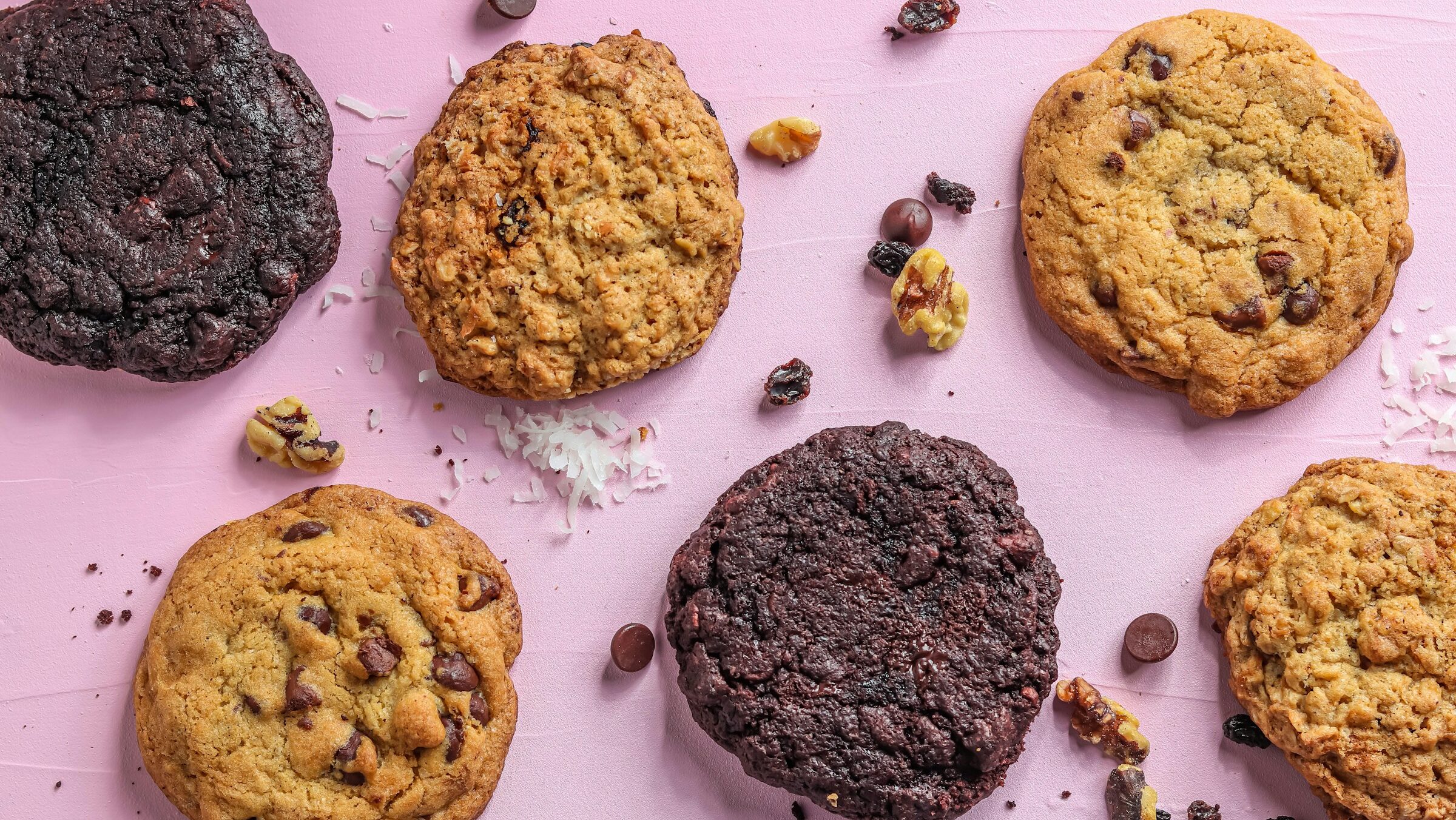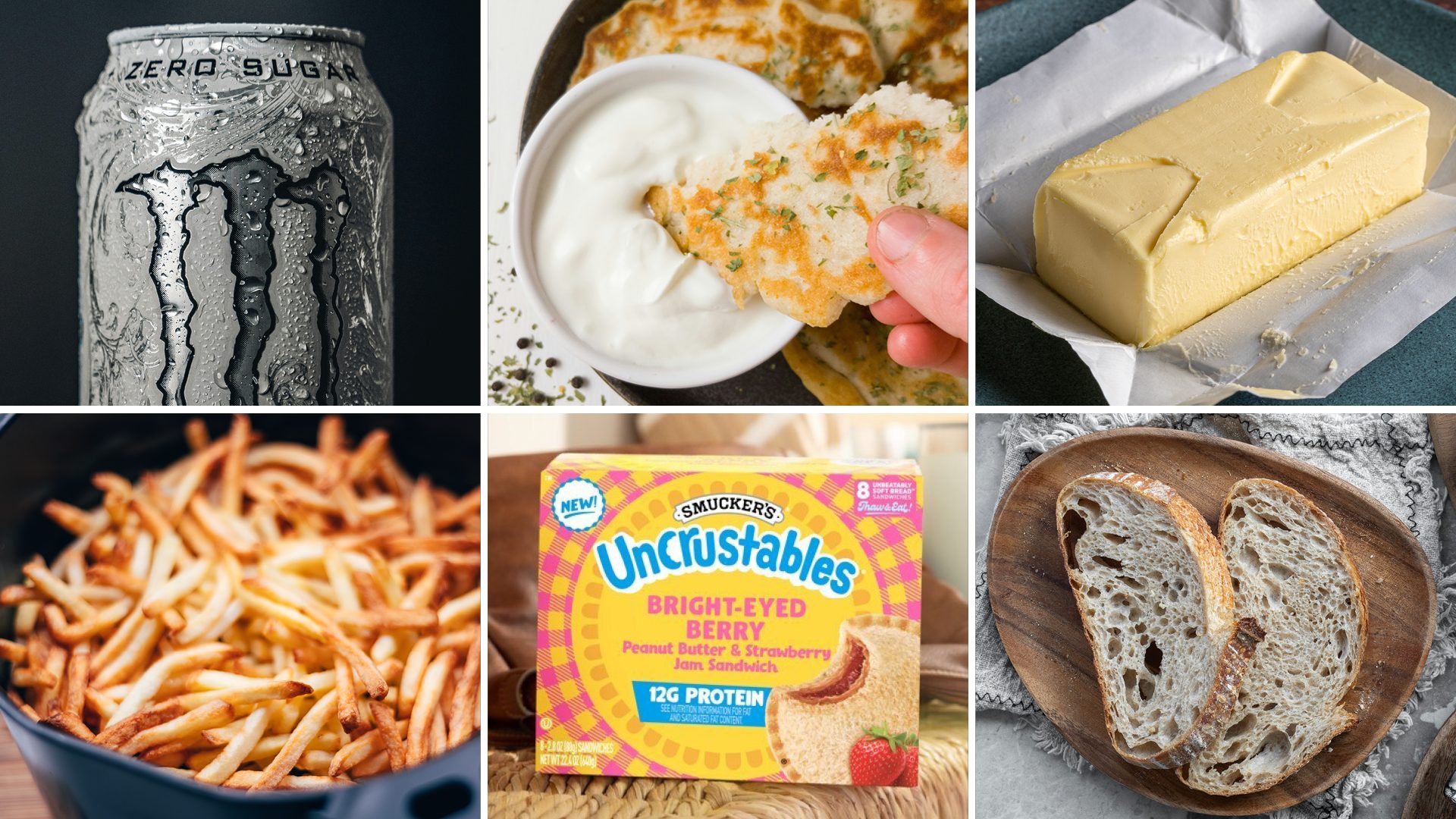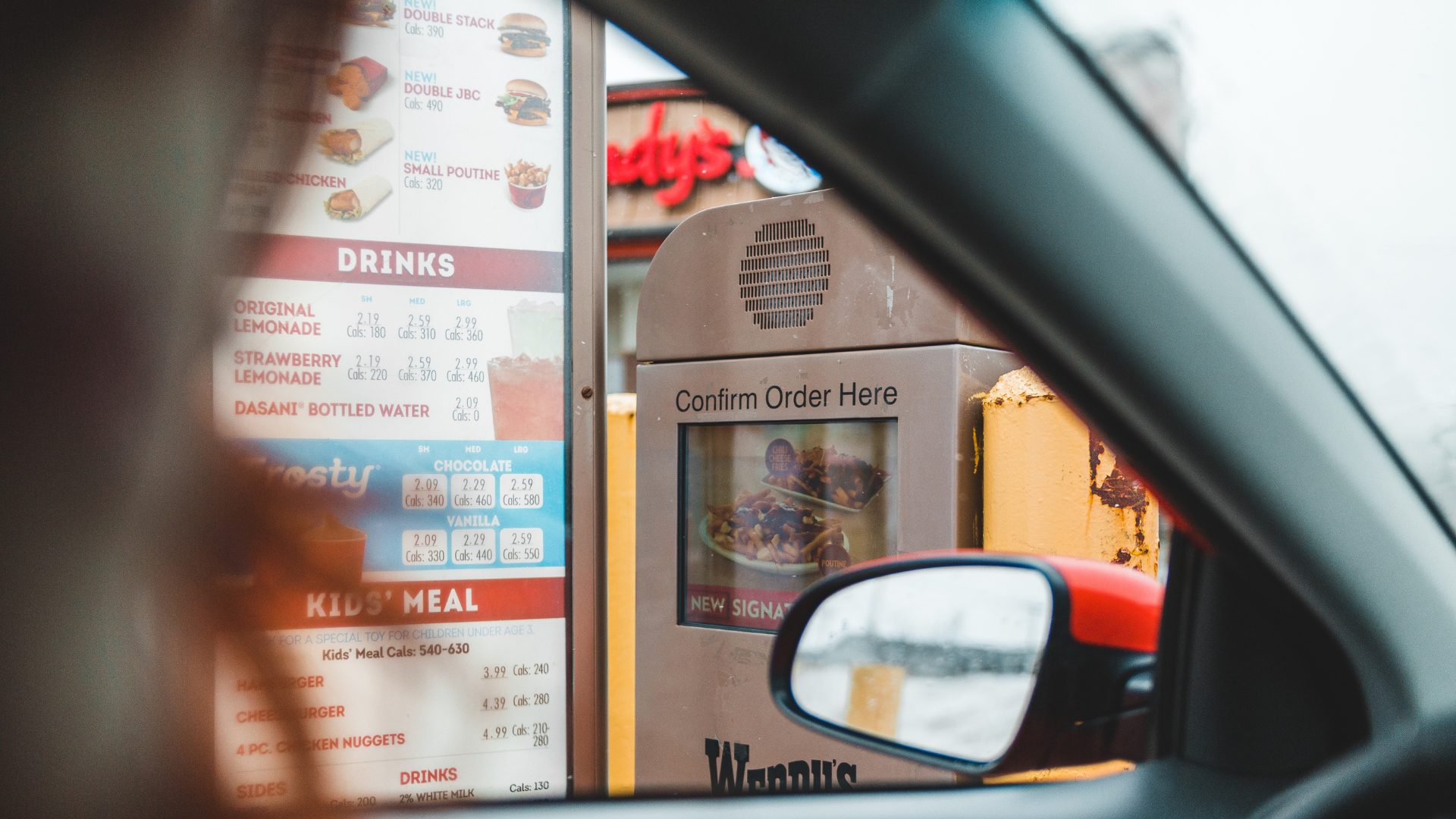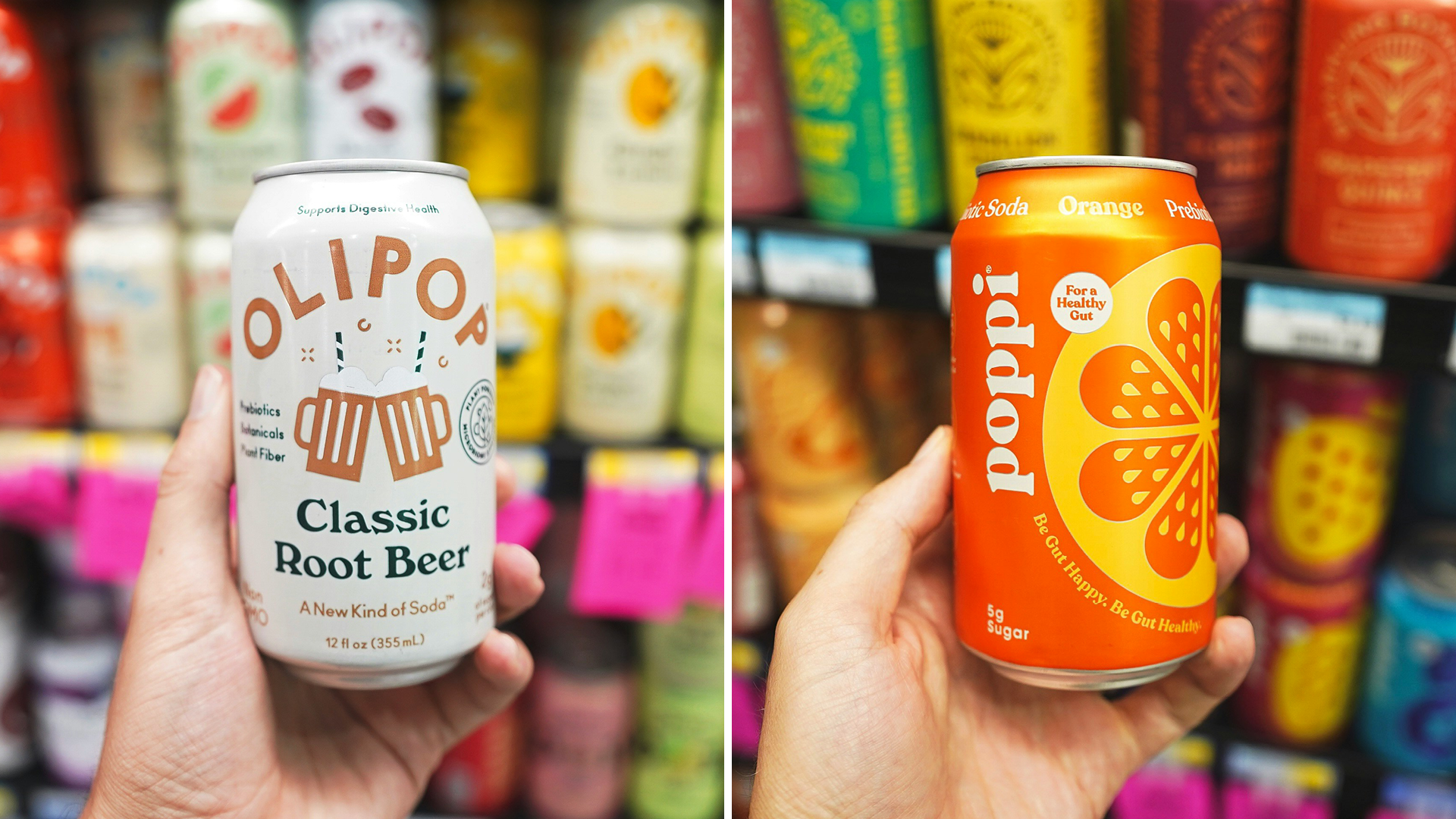Crumbl has made a costly mistake lately – one that’s akin to building a church for Easter Sunday.
The Utah-based bakery chain originally had small retail footprints that were rather humble and didn’t require a ton of money to build. Their locations were just about cookies, with very low overhead. Now, however …
Crumbl keeps making its new locations bigger. They built based on their honeymoon period – which is short-sighted, because once the honeymoon is over, you’re in trouble.
If you look at Crumbl’s newer locations, they’re much nicer – Taj Mahal-like – and much more expensive to build, with much more operating costs. The chain is creating problems for itself because it’s trying to grow into its higher capital expenditures and higher operating costs, and all that’s going to do is add more pieces of equipment and add labor hours.
Consumers still seem to like Crumbl Cookies, but they might just go there once per quarter now, instead of once per week like a few years ago. The seven-year-old chain should be building a penetration plan and a market for mature stores, so they can remain profitable.
This serves as a reminder that rapidly growing businesses must never lose sight of a few key principles:
You Must Stay True to Your Calling Card
Crumbl – which significantly added locations last year and recently opened its 1,000 store – reminds me a bit of Boston Market. You may recall that chain used to be known as Boston Chicken, but it eventually changed its name after deciding to offer more menu items, like pasta and various meat entrees. They added capital expenditures, they added size, they added labor hours, and they just kept destroying the model – they basically quadrupled their startup cost. Now, in 2024, Boston Market is at death’s door and riddled with financial problems.
Crumbl appears to be making similarly short-sighted decisions with its menu, adding items like ice cream and cakes – which mean more equipment, more labor hours, and exacerbated headaches for the chain’s operators. The chain appears to have a financial model that doesn’t work.
You Can’t Overlook Logistics
Crumbl tends to put its new locations in huge “lifestyle centers” now, which creates an often overlooked issue. If your business is located in the middle of a lifestyle center, it’s awfully inconvenient for customers to get in and out quickly if they’re going to pick up cookies for a party or to take to their office. Actually, third-party delivery drivers hate taking orders from restaurants in massive strip centers because it’s going to take extra time to park, pick up a delivery order, and get out.
Conversely, look at a chain like Insomnia Cookies; they make it efficient for bulk orders and third-party deliveries. They use a spoke-and-hub setup. They have one unit per market that makes everything and sends it to all other locations. And, Insomnia’s “spoke” units tend to have just one or two employees, at small, no-frill locations. They’re simply set up to sell lots of cookies – and remember, you don’t make money by selling a $5 cookie; you make it by selling a dozen $5 cookies.
It’s Tough to Fight Consumption Trends
We’ve all heard about modern consumers’ preference for healthier-for-you food. And that’s another battle Crumbl is fighting in 2024. Cookies aren’t necessary, they’re an indulgence.
Plus, now businesses have to list calorie counts and sugar counts. And Crumbl’s cookies are sugary enough that they’re bordering on gluttonous. Crumbl should probably consider offering half the size of their current cookies at two-thirds the price, which would make that item more profitable and be better for calorie counts.
The best thing Crumbl could have done is keep their capital expenditures and operating costs down so that they’re profitable at lower numbers. Because their sales dropped significantly, to AUVs (average unit volume) of a little over $1 million, but a million dollars is still a lot of money. A million dollars, if engineered right, still makes your franchisee a quarter-million dollars a year or $200,000 a year.
That said, it wasn’t just one thing that caused issues for Crumbl – there were a calamity of errors.
Editor’s note: This opinion piece was written by Dan Rowe, the CEO of Fransmart, a leader in franchise development. He’s focused on growing emerging concepts into major franchise brands. Under Rowe’s leadership, Fransmart developed a portfolio of brands including Five Guys Burgers & Fries, QDOBA Mexican Grill, and more.
Rowe is Co-Managing Partner at The Kitchen Fund and FranInvest, which have invested in Sweetgreen, Cava, and Inday to name just a few. He’s a Board Member of YPO and the National Restaurant Association.
The Food Institute Podcast
How does one jump from aerospace engineering into plant-based chicken nugget production? That’s exactly the leap that Christie Lagally, CEO & Founder of Rebellyous Foods, took in search of producing a healthier chicken nugget. Learn more about her company’s focus on animal welfare, environmental sustainability, and human health in this episode of The Food Institute Podcast.












